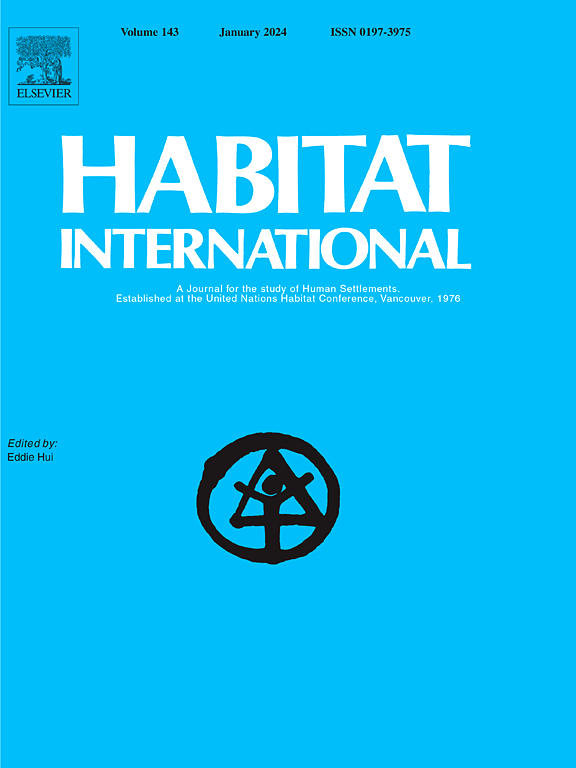中国风险投资动态及其影响因素研究——基于城际流动的视角
IF 7
1区 经济学
Q1 DEVELOPMENT STUDIES
引用次数: 0
摘要
风险投资的投资过程涉及资本、信息和知识的流动,影响着城市网络。中国的城际风险投资逐步扩大,形成了一个庞大而复杂的网络。长三角(YRD)、珠三角(PRD)和京津冀(BTH)地区已成为网络的核心区域。北京、上海、深圳和杭州是全国重要的风险投资中心。随着成都等西部城市的崛起,这个网络逐渐演变成一个菱形结构。基于XGBoost和SHAP算法,研究了社会经济因素、地理位置和交通以及行政因素在网络演化中的重要性。本地金融市场和创新潜力,特别是本地风险投资公司的数量,在塑造城际风险投资网络的演变中至关重要。交通的影响呈现出先增加后下降的趋势。与社会经济因素相比,地理位置和交通以及城市行政治理的影响似乎相对有限。这些发现有助于更深刻地理解城市间金融资本流动演变背后的动态。本文章由计算机程序翻译,如有差异,请以英文原文为准。
Exploring China's venture capital investment dynamics and influencing factors: a perspective of intercity flow
Venture capital (VC) investment process involves the movement of capital, information, and knowledge, influencing the city network. China's intercity VC investments have progressively expanded, giving rise to a large and complex network. The Yangtze River Delta (YRD), Pearl River Delta (PRD), and Beijing-Tianjin-Hebei (BTH) regions have emerged as the core regions of the network. Beijing, Shanghai, Shenzhen, and Hangzhou hold significant positions as VC centers in the country. As western cities like Chengdu have gained prominence, the network has gradually evolved into a diamond structure. Based on the XGBoost and SHAP algorithms, this study explored the importance of socioeconomic factors, geographical location and transportation, and administrative factors in the network evolution. Local financial markets and innovation potential, particularly the number of local VC firms, are pivotal in shaping the network evolution of intercity VC investments. The impact of transportation exhibits an initial increase, followed by a decline. In comparison to socioeconomic factors, geographical location and transportation as well as urban administrative governance, appear to have relatively limited influence. The findings contribute to a more profound understanding of the dynamics behind the evolution of financial capital flows among cities.
求助全文
通过发布文献求助,成功后即可免费获取论文全文。
去求助
来源期刊

Habitat International
Multiple-
CiteScore
10.50
自引率
10.30%
发文量
151
审稿时长
38 days
期刊介绍:
Habitat International is dedicated to the study of urban and rural human settlements: their planning, design, production and management. Its main focus is on urbanisation in its broadest sense in the developing world. However, increasingly the interrelationships and linkages between cities and towns in the developing and developed worlds are becoming apparent and solutions to the problems that result are urgently required. The economic, social, technological and political systems of the world are intertwined and changes in one region almost always affect other regions.
 求助内容:
求助内容: 应助结果提醒方式:
应助结果提醒方式:


